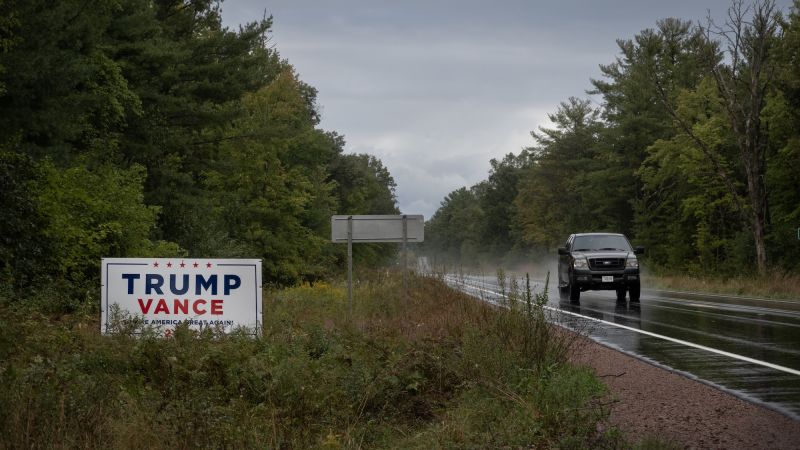The states of Michigan, Wisconsin, and Pennsylvania have become critical battlegrounds in recent presidential elections, with both Vice President Kamala Harris and former President Donald Trump focusing their efforts on these key states. Trump won all three in 2016 but lost them in 2020 to President Joe Biden. Advertising spending, candidate visits, and organizational efforts have all prioritized these Rustbelt states over other battlegrounds. The entrenched divisions in American politics, such as urban versus rural and white-collar versus blue-collar voters, are reflected in these states, making them crucial swing states.
Despite their differences, Michigan, Pennsylvania, and Wisconsin share common characteristics, making them effectively a single state known as “Mi-Pa-Wi.” These states are slightly less racially diverse than the nation overall, with white populations comprising a significant majority. They also have slightly higher shares of seniors and lower numbers of immigrants. Education levels, median incomes, and religious affiliations are all similar across the three states, which have seen minimal population growth in recent years.
Wisconsin presents some challenges for Democrats due to its smaller minority population and higher percentage of White voters without a college degree. Blue-collar and rural areas, which tend to favor the GOP, make up a larger share of the vote in Wisconsin compared to Michigan and Pennsylvania. However, the growth of Madison and the party’s competitiveness in mid-sized cities like Green Bay give Democrats a fighting chance in the state. Michigan has been a strong state for Democrats in recent elections, but factors like concerns over the Biden administration’s policies and potential voter turnout issues make it a closer call this year.
Pennsylvania is considered the toughest of the three states for Harris, but also the most likely to provide the decisive Electoral College vote. Democrats are gaining in white-collar suburbs, while Republicans maintain an advantage among non-college-educated White voters. Campaign strategies in all three states are focused on key issues like abortion rights, union representation, and working-class support. Wisconsin is seen as the best bet for Harris this year, with Michigan presenting some challenges and Pennsylvania being the most critical state for both parties.
The history of these three states reveals a deep pattern of convergence in presidential elections, with Michigan and Pennsylvania especially consistently voting in sync. Their collective voting patterns often serve as a decisive tipping point in American politics. The outcome of the election in November will likely hinge on the results in these pivotal Rustbelt battlegrounds. Regardless of the final outcome, Michigan, Pennsylvania, and Wisconsin will play a crucial role in shaping the future of American politics.


